In the audio industry, many audio companies are actively demonstrating the line-up system of their own or their own agents. When evaluating these line-array systems, do you know what standards to use? Let's take a look at "the correct listening pose of the line array."
First, hit the far
The ability of the speaker system to "go far" is to deliver the original sound signal to the ability to deliver the final row of audience without distortion and accuracy.
Generally speaking, the use of the line array is outdoor, and even if it is not outdoor, at least it has to face a large listening environment. This is also the main reason for many project selection line arrays, but in fact many line arrays do not have this capability at all!
Inspection Method:
Stand at the farthest point of the venue from the speaker, and feel the sound is still "in front of (in front of)" feeling.
“Tang Yuan†can be heard completely. If you feel that you have lost your speech intelligibility (low intelligibility) when you walk away from the speaker, such a system can’t be far away. Degree (intelligibility) is another concept that is very important and is completely different from or equivalent to "sound pressure level".
What needs to be noticed here is the treble. If the treble is not far away, it will fail. Everyone knows that the wavelengths of high frequency and ultra high frequency are very short, and the absorption of high frequency by air is also very fast, which leads to outdoor sound reinforcement. This is a natural phenomenon. Therefore, large-scale sound reinforcement and long-distance sound reinforcement naturally need to solve high frequency. Distance transfer problem. This is very important for the selection of high frequency horns (couplers, or you can understand them as so-called acoustic lenses) and the overall coupling between the cabinet modules. If the far-field audience can only serve the audience in the midfield and near-field, and the audience who can't serve the far-field can hear the same sound quality, then the audience in the backcourt basically only has the intermediate frequency, the low-medium and the ultra-low frequency, so the frequency characteristics before and after are not uniform. Coverage, this is definitely a failure!
Second, the straight frequency response
Is the frequency response curve of the sound system or speaker product required to be straight? Many people argue on this issue, and the focus of the debate is often: good is not necessarily straight, and straight is not necessarily good. The actual situation is also true, but the quality of the sound has a very obvious subjectivity, you feel good, others may not think. But the audition field of the online array, the straight frequency response is indeed certain, as said before, the line array usually faces a wider listening environment, regardless of the audience at that position, at least the sound they hear. This is not much different.
Therefore, the line array that sounds well is required to have a flat frequency response and coverage regardless of the near, medium, and far fields of the venue. Always changing the IF/HF frequency response indicates poor coupling in the vertical plane (so the line array standard is not followed).
Inspection Method:
Then how to check the straight frequency response and coverage of the line array, you can listen to the sound performance while walking from the near field to the far field.
Third, the horizontal direction of the front We said earlier, the high frequency dissipation is faster, playing far away to see high frequency, horizontal coverage also depends on high frequency. In fact, the horizontal coverage angle of the high frequency can be said to be the horizontal coverage angle of the system. The higher the frequency, the sharper the pointing, and the more difficult it is to process into a wider angle.
Inspection Method:
During the walk from left to right in front of the array, listen to whether the sound has a “before (in front of the eyes)†feeling everywhere, and feel the “language clarity (intelligibility) of the system at the maximum expansion angle†After the maximum angle, the sound should have a "roll-off" feeling, just like the "roll-off" similar to the frequency response curve. The actual sense of hearing and the parameters on the paper of most arrays are not good. Generally, the paper is “beautifulâ€, but the reality is far from it!
Fourth, interference
We know that the combination of conventional speakers will definitely talk about sound interference. Although the line array reduces the interference when stacking the speakers, it is inevitable to face this problem, because the line array is always a combination of many. Therefore, if the sound interference is not solved well, it will produce a strong tree-like filtering effect and other sound quality deterioration phenomenon. The appearance of this sound dye can not be debugged and corrected by the equalizer and phase. Therefore, the middle and high frequency have serious acoustic interference, and the line array must fail.
Five, MF / HF direct sound
There will never be a MF/HF direct sound below the array. Any MF/HF sounds that appear in the lower area of ​​the array would be very undesirable, and you hear these poorly coupled "edge" sounds in the lower area (the "edge" sound is on the vertical plane. And below; however, on a horizontal plane, these "edge" sounds are really at the edge of the array). The same amount of energy is bounced down (below the array, this is a feedback issue!) and is also bounced up to the ceiling (this is a reflection problem!).
Inspection Method:
Stand under the array to listen to the sound. The IF/HF sounds that are communicated to the audience should be sounds that are only reflected from the room. (not from the array).
Horizontal and vertical angle control is also not successful. This better understanding, the line array is hanging a string of vertical, then the high-frequency part of the vertical angle control is a high-frequency horn and the overall precision seamless coupling, while the intermediate frequency, low frequency (coupling is a very complicated thing The frequency has different coupling characteristics, the frequency is very wide, please allow me to use the high, medium and low frequency three sections to summarize) It is achieved by the direct coupling between the speaker units. The more modules, the smaller the vertical angle, but the smaller the angle Covering the horizontal angle is another matter of learning, just look at the key to your cabinet design. We certainly hope that the horizontal angle of the line array is as large as possible, but this is not possible, but it must be accurately covered in a relatively wide range. Generally, a good line array can achieve between 90-110 degrees. Level coverage. The horizontal and vertical angles are evenly covered, so that the audience can enjoy the same frequency characteristics fairly. This can't be done, which is contrary to the original intention of the large-line listening environment.
summary:
With the improvement of people's material and cultural living standards, performance markets, conference markets, various sports events, performances, etc. are increasingly appearing around people. Although line arrays are not new technologies, they can hold the "big scenes". And get a rapid development. At the sound exhibition site, manufacturers and engineering companies have made every effort to open up promotion conferences, technical seminars, demonstrations, and on-site PKs... to promote their own products. The so-called Wang Po sells melons, and listens to the merchants, how can I choose the one that suits me. "The correct listening posture of the line array" hopes to help everyone.
Heat shrink Joints, Insulated waterproof connector terminals,Heat shrinkable butt connectors with inner PA adhesive, Wire intermediate connection protector,Wire connection protection terminal, shrinking temperature 125℃,dielectric strength 14KV/mm,(IP67 waterproof effect).
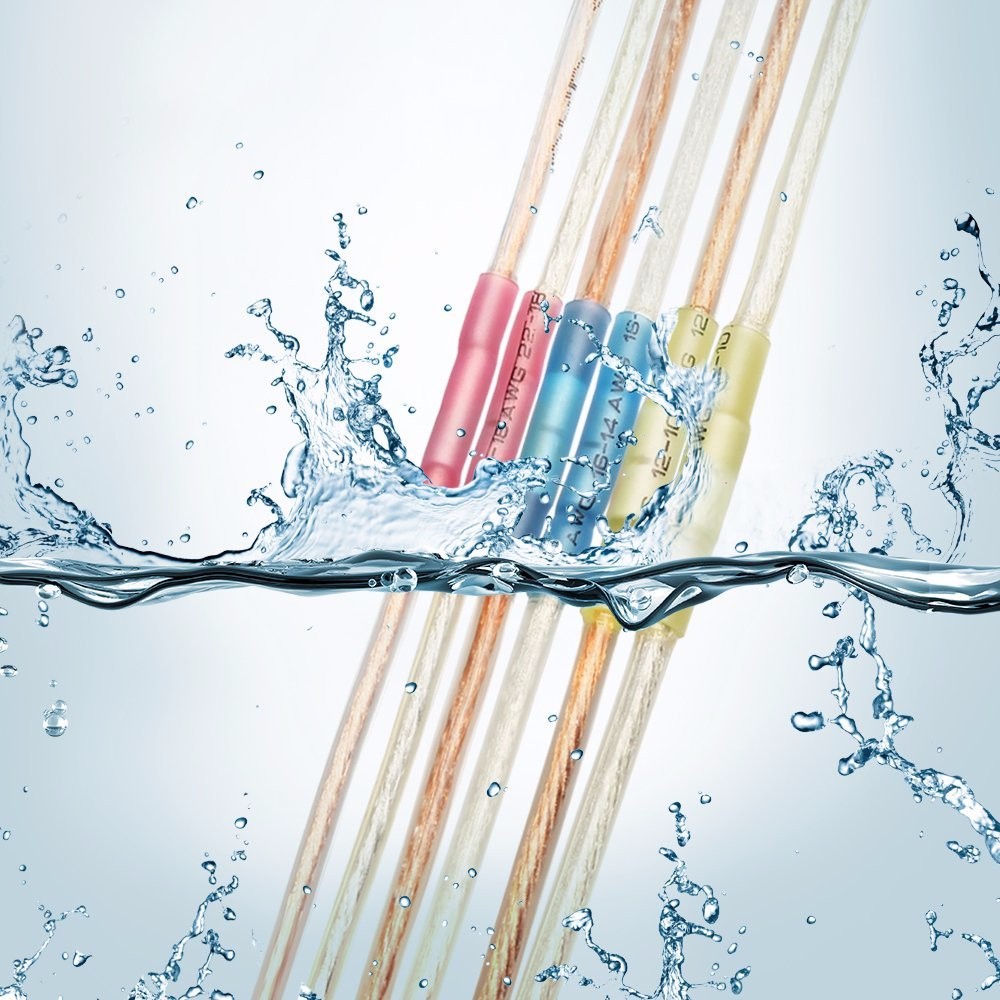
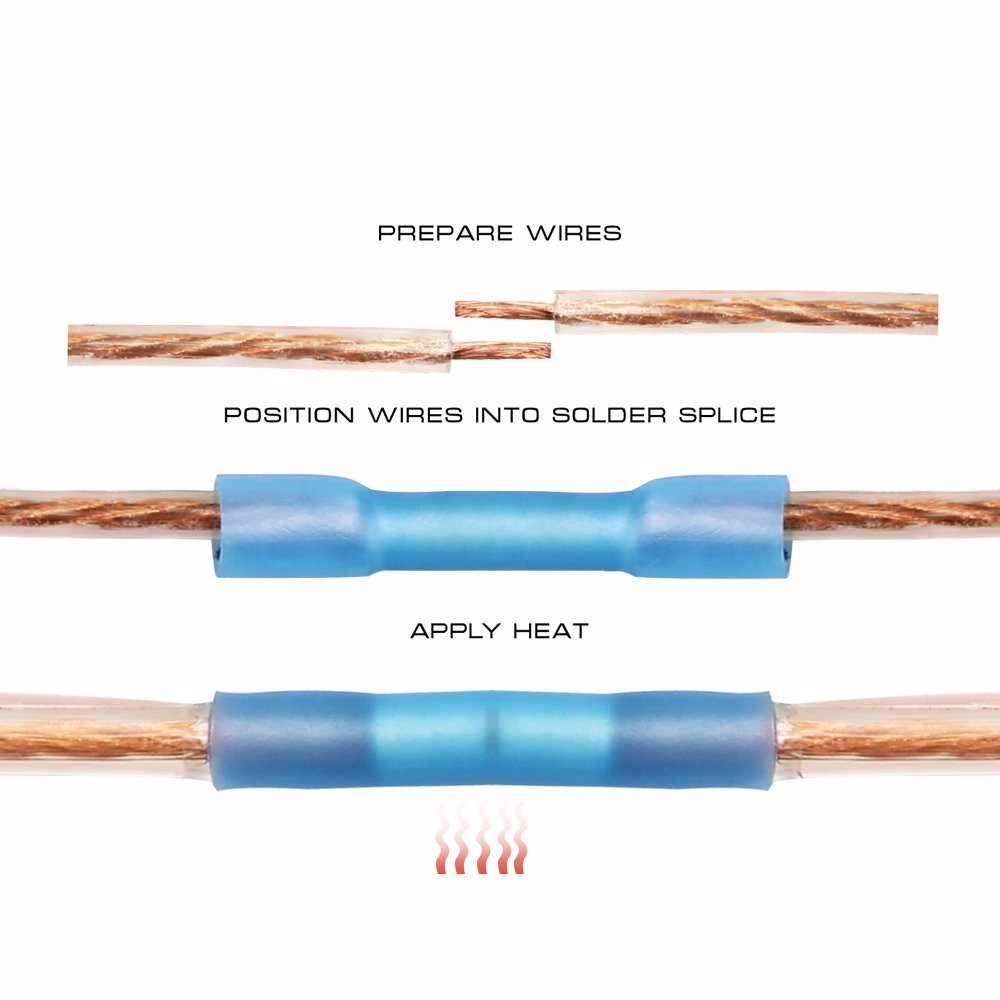
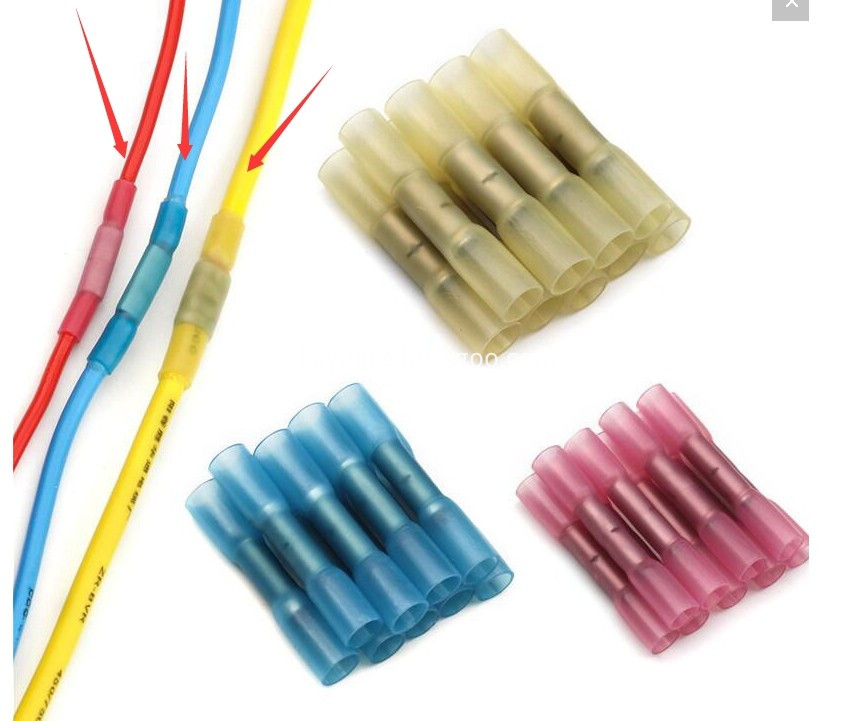
Solder ring terminal / Heat shrink solder ring end / Solder ring terminal/Solder ring connectors (IP67 waterproof effect)

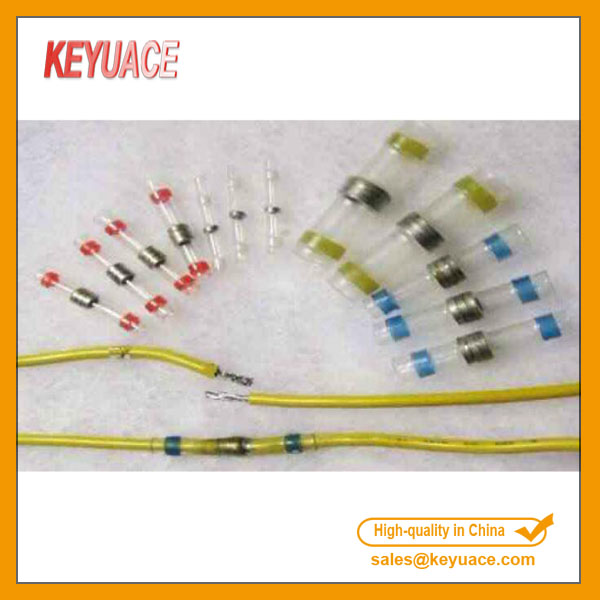
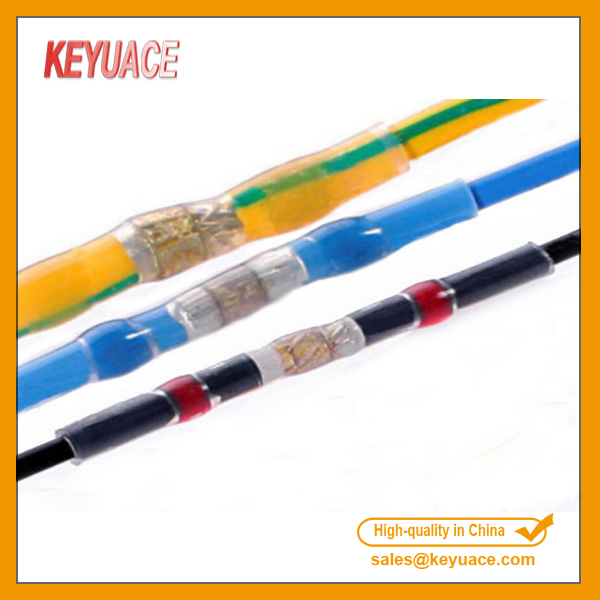
Waterproof Connectors,Heat Shrink Butt Wire Connector,Electrical Crimp Connectors,Electrical Crimp Connectors IP67 waterproof effect
KEYUACE Materials Co., Ltd. , https://www.insulationtubing.com